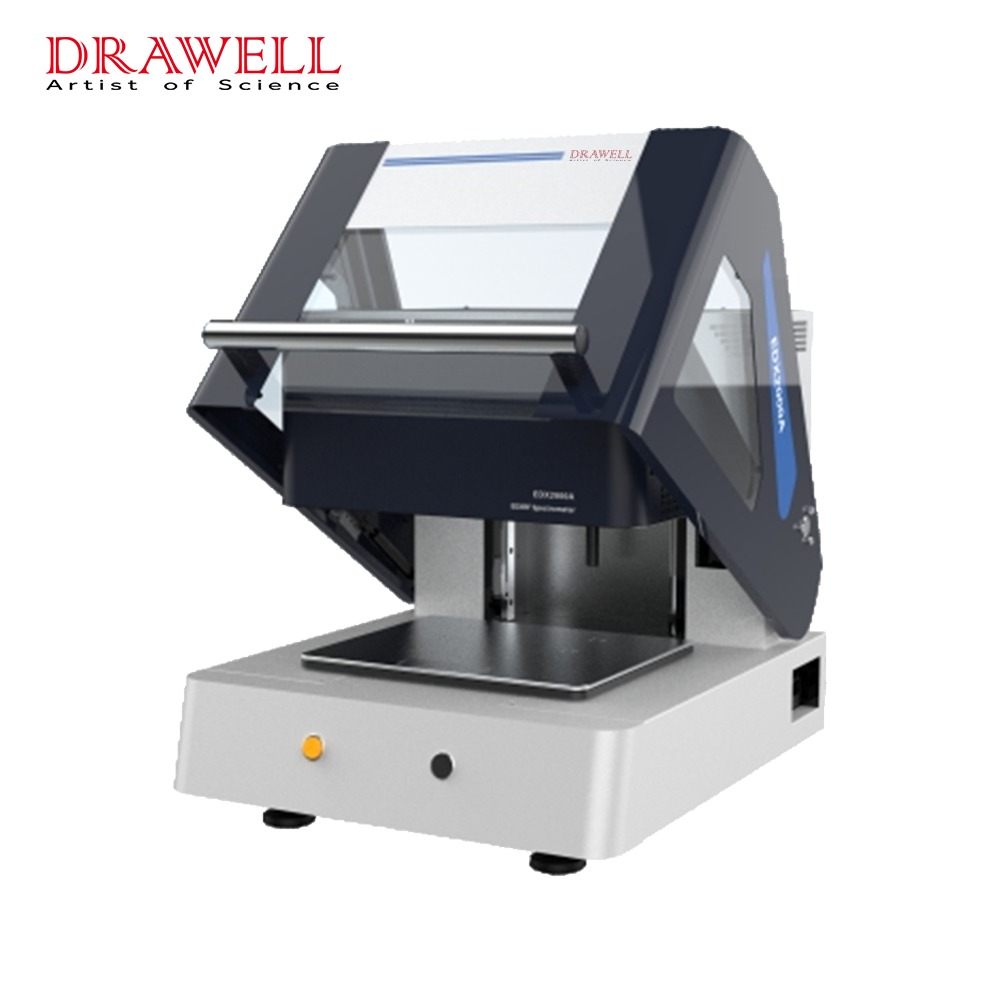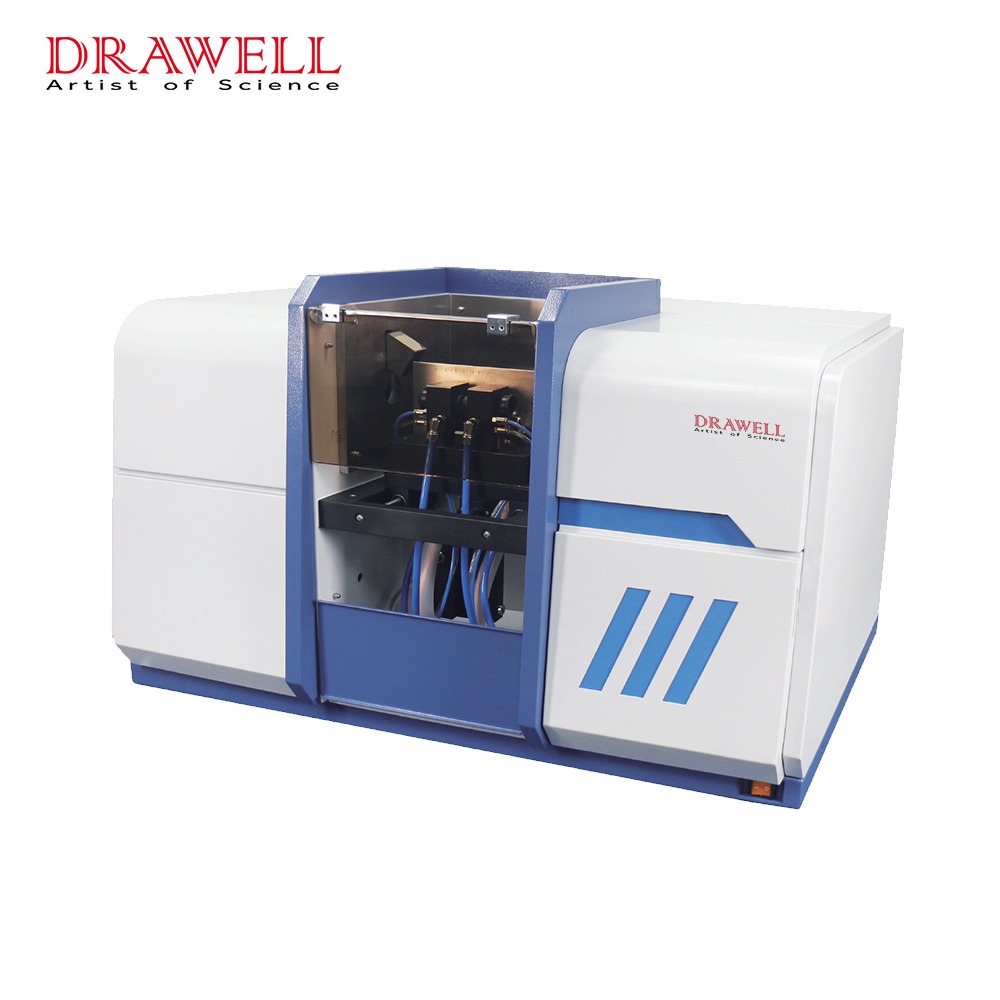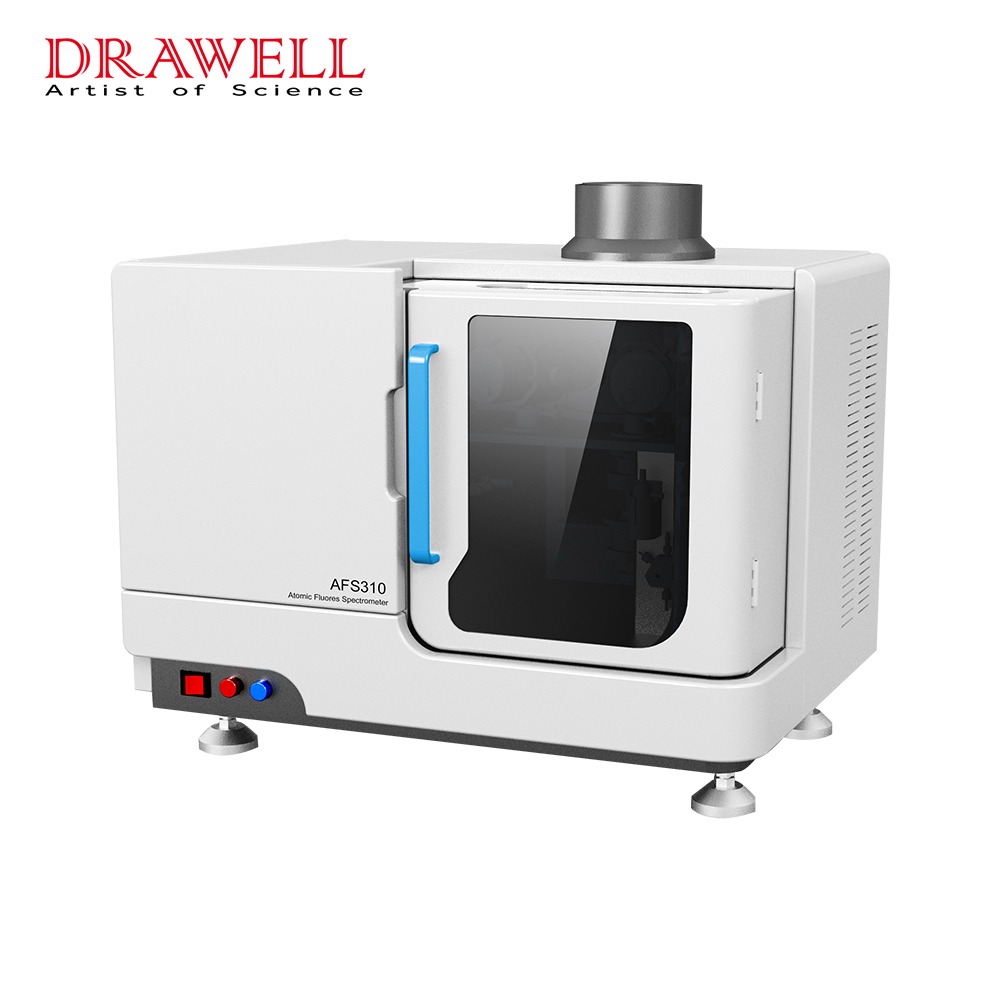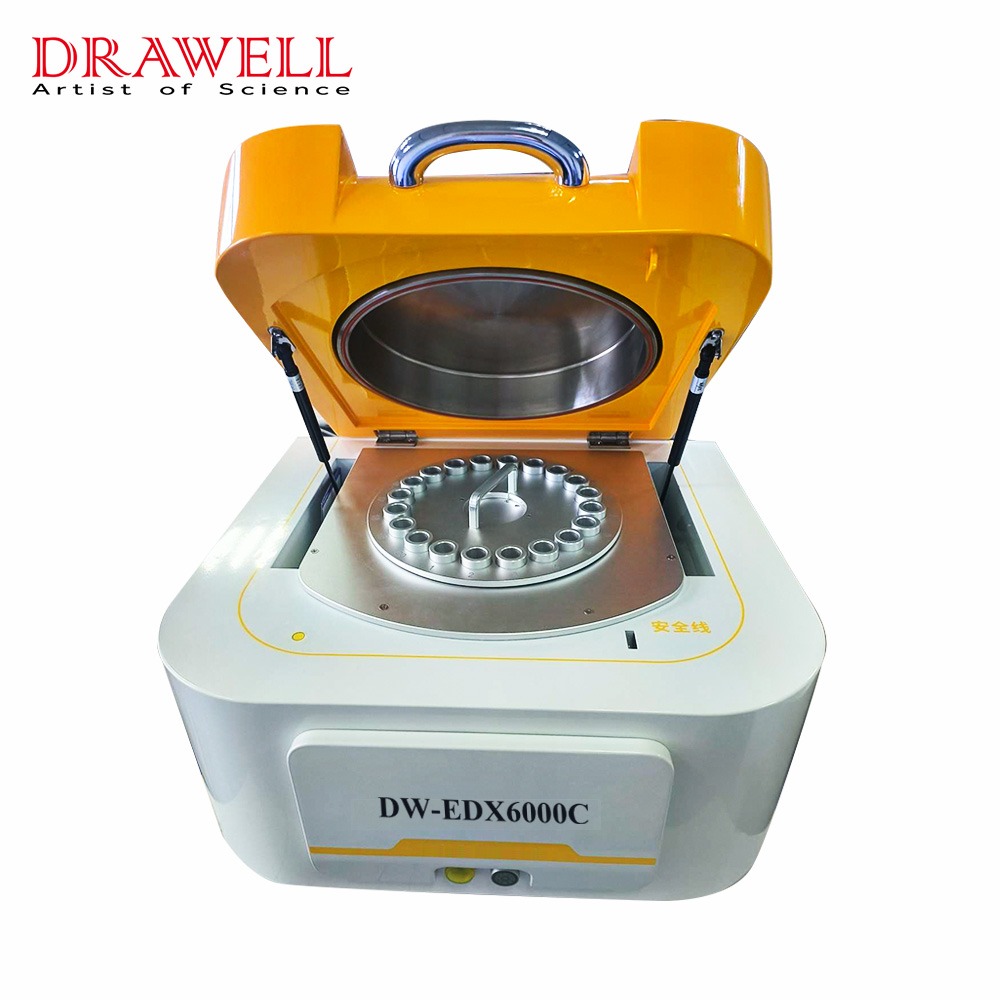In the realm of elemental analysis, two powerful techniques reign supreme: X-ray fluorescence (XRF) and atomic absorption spectroscopy (AAS). Both unveil the hidden secrets of a material’s elemental composition, but each shines brightest in different applications. From fertile fields to gleaming metals, let’s delve into the unique strengths of XRF and AAS, exploring their diverse applications across various industries.
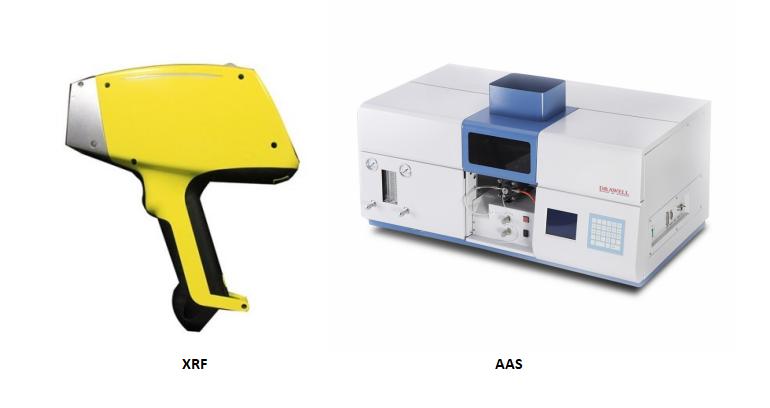
Why we use XRF and AAS?
XRF: The Speedy Scanner, Unveiling a Spectrum of Elements
Imagine a tool that can instantly paint an elemental portrait of your sample, from trace metals in soil to heavy elements in alloys. XRF does just that, bombarding the sample with X-rays and analyzing the fluorescent emissions to identify and quantify elements. Its advantages are numerous:
- Rapid analysis: XRF delivers results in seconds to minutes, making it ideal for real-time field analysis or high-throughput screening.
- Non-destructive: No harsh chemicals or sample preparation are needed, preserving the integrity of the sample.
- Multi-elemental analysis: XRF can detect a wide range of elements simultaneously, offering a comprehensive picture of the sample’s composition.
- Portability: Handheld XRF instruments make on-site analysis a breeze, perfect for environmental studies, archaeology, and forensics.
AAS: The Precision Champion, Diving Deep into Specific Elements
While XRF offers a broad elemental vista, AAS focuses on a single element with laser-like precision. It vaporizes the sample, then measures the absorption of specific wavelengths of light by the atomized element. This targeted approach boasts its own set of strengths:
- Unmatched sensitivity: AAS can detect extremely low concentrations of specific elements, crucial for trace element analysis.
- High accuracy and reproducibility: Quantifying elements with exceptional precision, ideal for research and quality control applications.
- Wide range of applicable elements: AAS can analyze most elements in the periodic table, making it versatile for various needs.
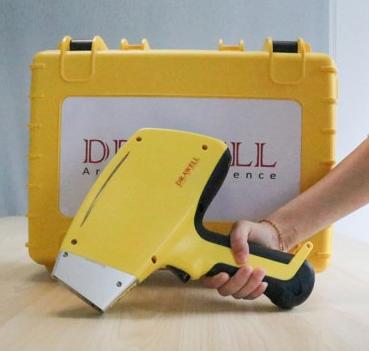
4 Key Different Applications of XRF and AAS
1. Soil Analysis: Unlocking Earth’s Secrets
XRF: Peering into the Earth’s Composition
XRF shines when it comes to soil analysis. By irradiating a soil sample with X-rays, XRF can identify and quantify elements present in the soil, ranging from essential nutrients like potassium and phosphorus to potential contaminants like heavy metals. Its non-destructive nature allows for efficient analysis without altering the integrity of the sample.
AAS: Unraveling Trace Elements
On the other hand, AAS excels in detecting trace elements in soil. Whether it’s investigating the presence of toxic heavy metals or evaluating nutrient levels critical for plant growth, AAS provides sensitivity at lower concentration levels, offering a complementary approach to soil analysis.
2. Environmental Monitoring: Tracing Pollutants
XRF: Rapid Screening for Heavy Metals
XRF’s ability to rapidly analyze a wide range of elements makes it a go-to technique for environmental monitoring. It facilitates quick screening for heavy metal pollutants in air, water, and soil, aiding in identifying contamination sources and assessing the environmental impact.
AAS: Precision in Elemental Quantification
AAS, with its high precision at lower concentrations, complements XRF in environmental studies by offering detailed quantification of specific elements. This precision is crucial when regulatory limits are stringent, providing the accuracy needed for compliance monitoring.
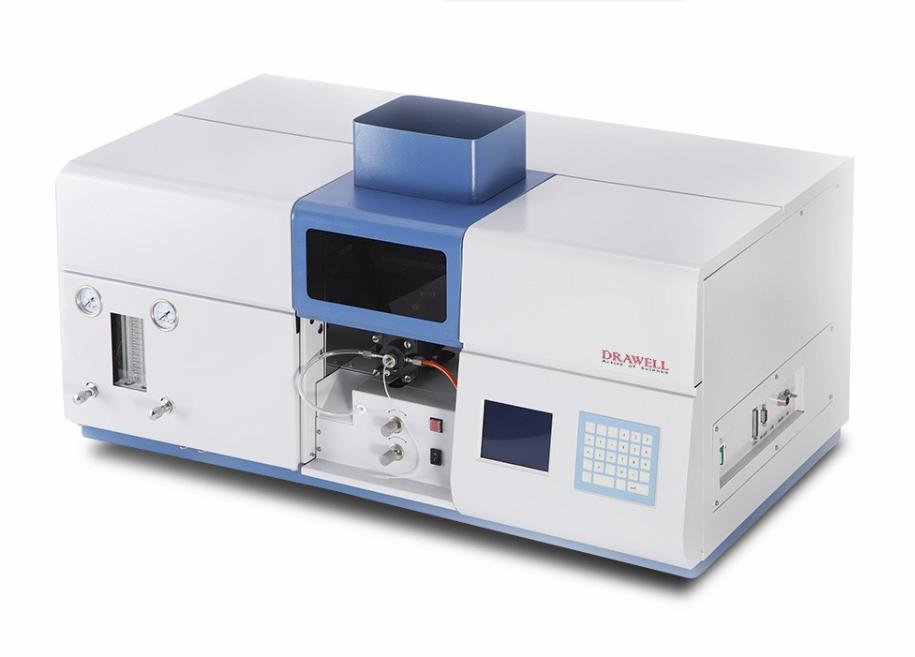
3. Material Characterization: Probing the Composition of Metals
XRF: Elemental Mapping of Alloys
When it comes to the metallurgical realm, XRF stands out in material characterization. It can provide elemental maps of metal alloys, helping engineers and scientists understand the distribution of elements within a sample. This is vital for quality control in industries where the composition of alloys determines performance.
AAS: Trace Metal Analysis in Metals
AAS takes the spotlight in trace metal analysis within metallic samples. Whether it’s assessing the purity of precious metals or identifying impurities in industrial alloys, AAS offers the sensitivity required for detailed investigations, ensuring the integrity of metal products.
4. Clinical and Biological Applications: AAS in the Limelight
XRF: Limited Applicability in Biological Samples
While XRF finds its strength in solid and inorganic samples, its use in biological and clinical samples is limited due to the potential for interference from organic matrices. This makes AAS the preferred choice for analyzing biological samples, from blood and urine to tissues, in medical and forensic investigations.
Conclusion: Choosing the Right Tool for the Task
In the diverse landscape of analytical chemistry, XRF and AAS emerge as powerful techniques with unique strengths and applications. From soil analysis to metal characterization, each method plays a distinct role in unraveling the mysteries of elemental composition. The choice between XRF and AAS ultimately depends on the specific needs of the analysis, highlighting the importance of understanding their strengths and limitations in various applications. As technology advances, these techniques continue to evolve, expanding their capabilities and contributing to our ever-growing understanding of the elemental world.

